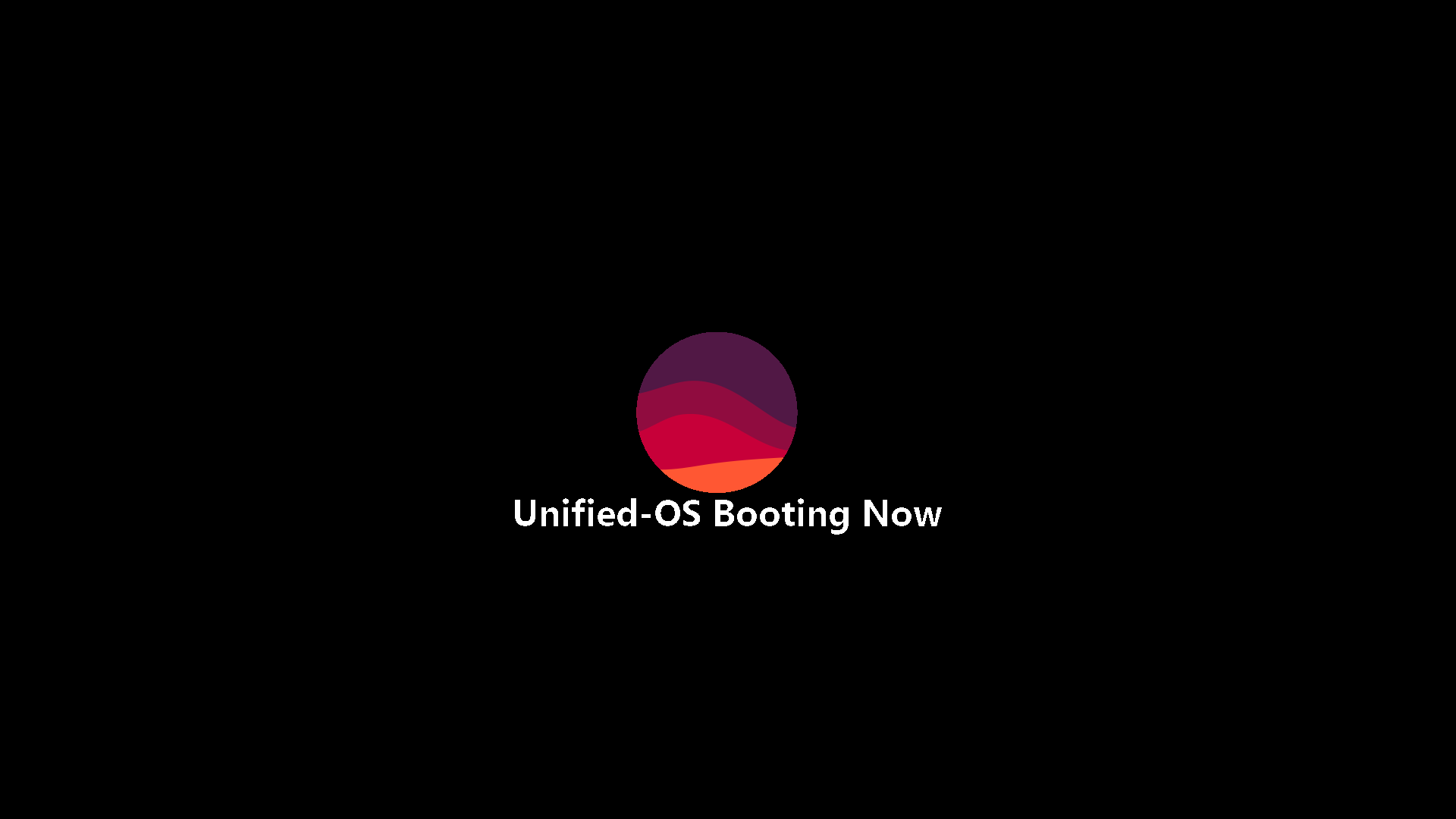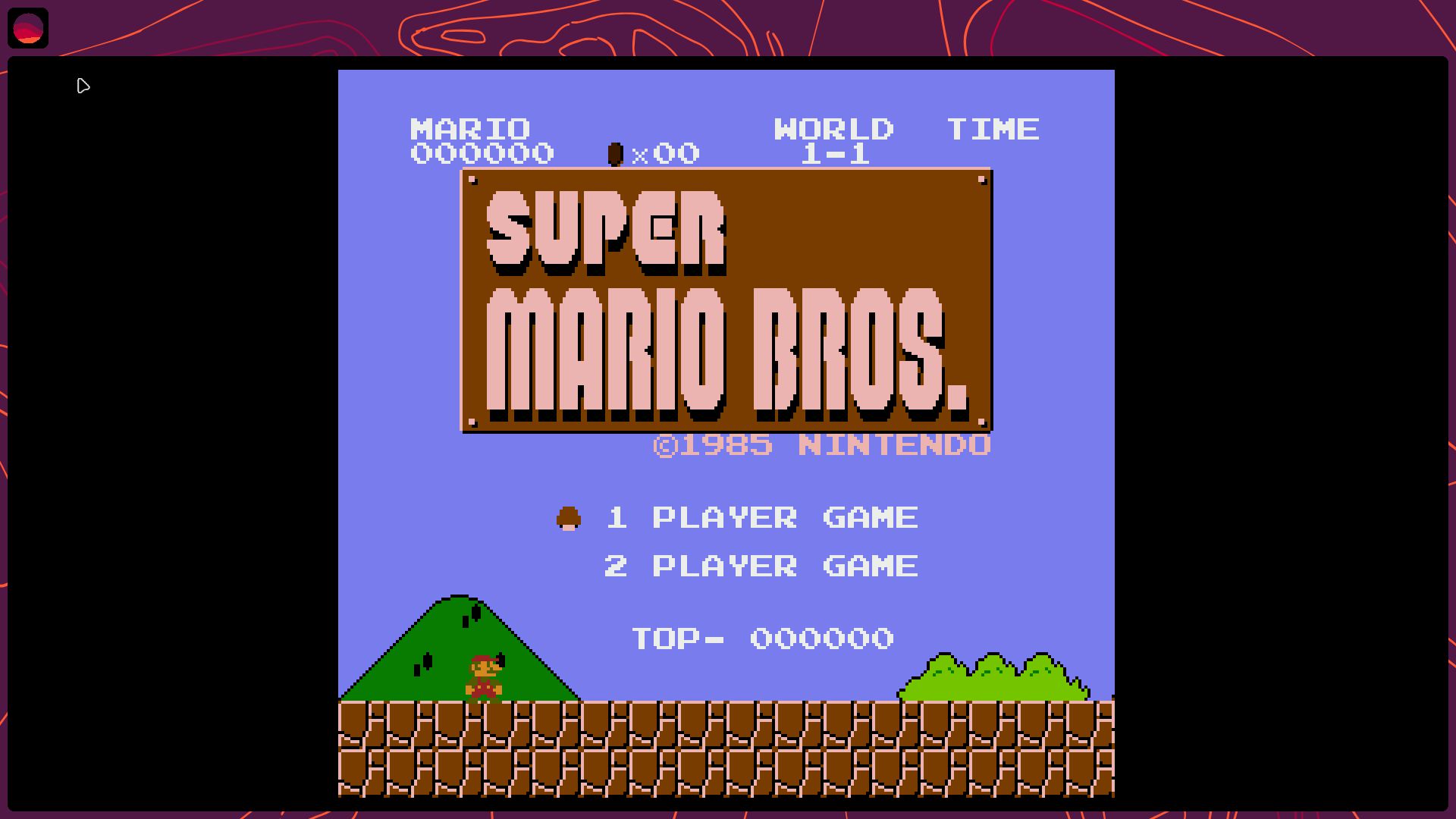
How it works
Learn about our reasons for building Unified OS

The Basics
Unified-OS is a DIY operating system that runs on modern hardware. The requirements are ACPI 2.0, UEFI and a x86_64-V2 instruction set, with at least 256MB of ram. To run on this hardware, Unified OS makes use of PS/2 interface for input and AHCI for storage. There is currently no USB support, although we do have plans to implement this in the future. Alongside this, we have also built a compiler and standard library to build applications for Unified OS.

The Design
The current system supports FAT32 SATA drives, and is a Unix-Like integration design. We chose to use a tiling window manager, due to its simplicity, and that there is no need to calculate window clipping. This is useful as there is no graphics drivers to help accelerate this process. This all new desktop environment makes it easier to manage and open windows. Applications can be added onto the start-menu with a simple config file. Taskbar allows addition of widgets for those applications that don't need a complete window.

NES Port
As a test of the standard library, speed, and compiler. We chose to port our NES Emulator code to run on the OS, and it runs great. It will load a ROM that is passed as an argument, and the PS/2 keyboard driver allows it to be playable. It opens like a normal application and will scale up so that it best fits the window size.
Learn more
Find out about how Unified OS was made through our documentation below!